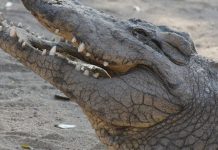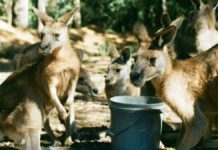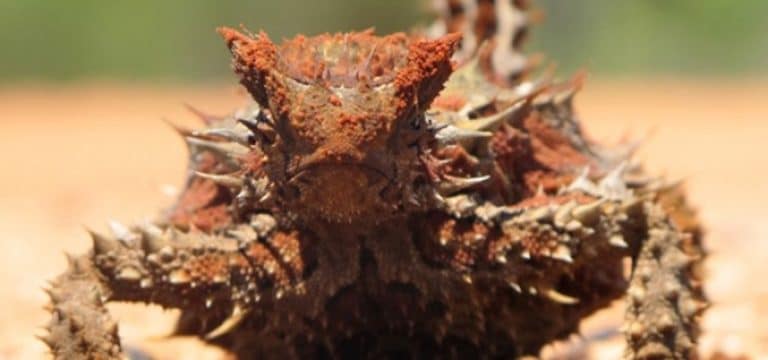
Australian fauna consists of a huge diversity of species. The vast majority (90%) are endemic to the country, which means they won’t be found in the wild anywhere else in the world! The island’s isolation and climate change partly explain the diversity of this rich and special fauna. The aboriginal colonisation more than 40,000 years ago and the European’s discovery of Australia during the 18th century significantly affected the fauna. Today, though some species have completely disappeared, others have survived and even thrived. Here are some examples of unusual animals in Australia:
Table of Contents
Thorny Devil
The Thorny Devil is a small lizard whose body is covered with thorns!
They eat mainly ants (nearly 2000 per meal), catching them with its tongue. The thorny devil is a diurnal reptile (active during the day) that can measure up to 20cm in length. It lives in the arid and sandy areas of Australia and buries itself in the sand to be protected from the heat.
At night, dew condenses on their bodies and in the morning they rub themselves against the dew-covered grass. Then, the hygroscopic grooves between their scales channel this water to their mouth! Genius!
You can find thorny devils in the southern half of the Northern Territory, Western Australia, South Australia and Western Queensland. It is a well-known species, however scientists are still somewhat uncertain about its distribution and population size.
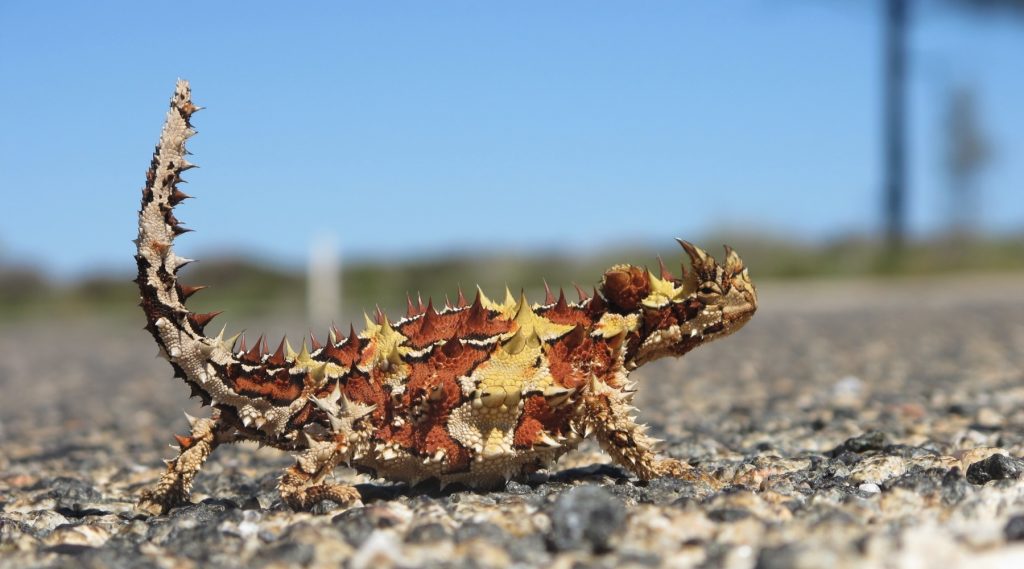
Tasmanian Devil
The largest living carnivorous marsupial, the Tasmanian devil, was named after its impressive jaw and terrifying cries when hunting. It is only found in the island of Tasmania, separated from the rest of the country.
Previously hunted and eaten by settlers, the Tasmanian devil is now an endangered species, despite being protected by law since 1941. Since the 1990s, the species has been affected by a form of cancerous facial tumour, which is 100% fatal.
Nearly 70% of the population has been decimated by these tumours, with just 15,000 to 50,000 Tasmanian devils left in the wild. It’s estimated that if nothing is done, the wild devil population could disappear completely within 15 years. The government is trying to save the species and has moved some of the healthy population to other islands in Australia.
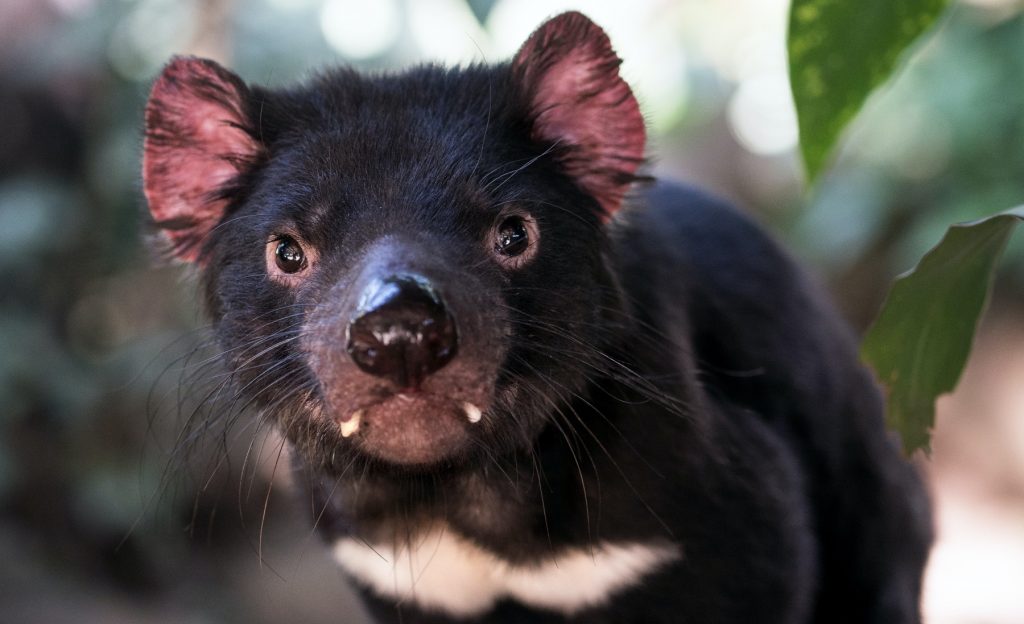
Cassowary
This bird, which looks like a prehistoric ostrich, is only found in the rainforests of Northeastern Australia. There are only 1200 specimens left in the wild.
A cassowary measures about 1.70m tall and weighs about 70kg. Its legs are powerful and have big sharp claws, so it’s better to keep your distance if you come across one! They are very territorial and there have been incidents of them attacking tourists and locals in the past.
You can find cassowaries near Mission Beach and its surrounding rainforest.
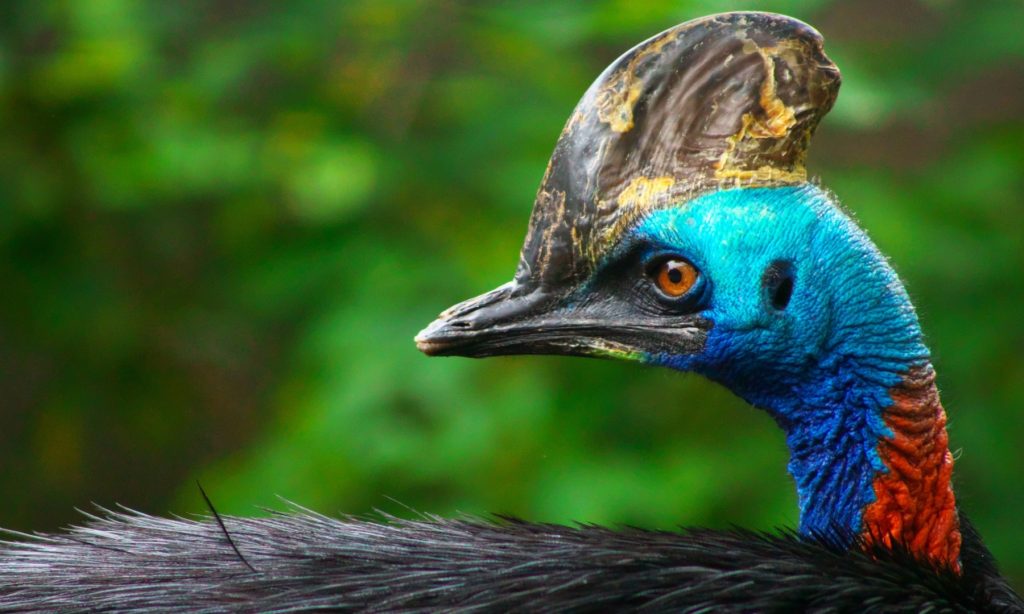
Kookaburra
Part of the Kingfisher family, this unique bird is particularly known for its strange cries that sound like a mocking laugh. The bird features heavily in Aboriginal stories and feeds on anything that crawls, flies and swims!
The ‘Laughing Kookaburra’ is found throughout eastern Australia. They have been introduced to Tasmania, the extreme southwest of WA and New Zealand. In north-central and northwestern Australia, you’ll see more of the slightly different Blue-winged Kookaburra.
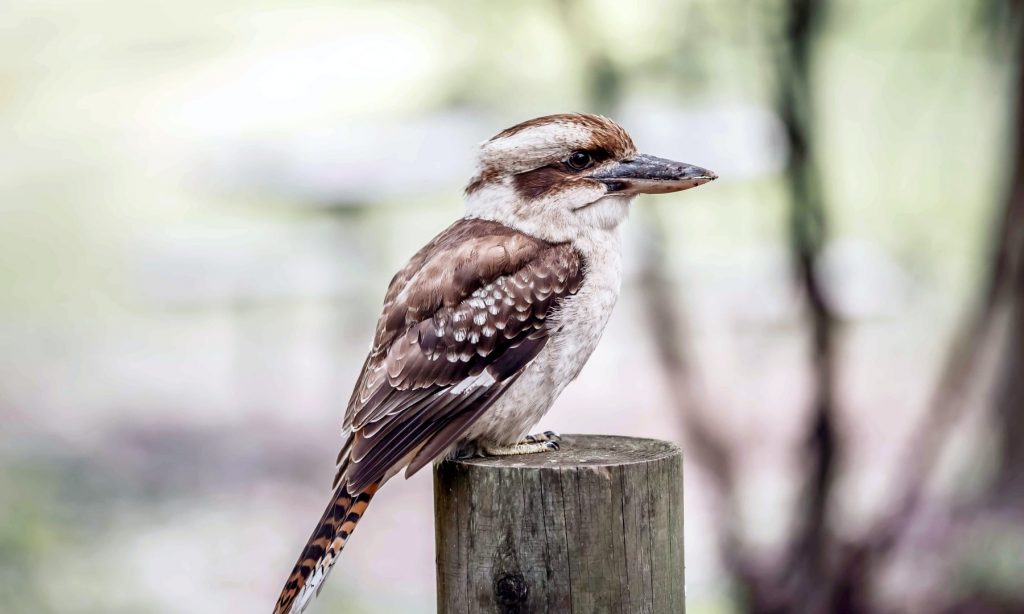
Echidna
This strange little hedgehog (not from the same family though) is an iconic Australian animal and can even be found on the back of 5c coin! Its long snout is very sensitive, allowing it to sniff out its food.
Echidnas’ snouts are also stiff and strong, helping them to break up logs and termite mounds. They then suck up ants and other insects with their sticky saliva-covered tongue, which can be 17cm long!
Echidnas have a highly developed sense of smell, useful for locating potential mates, detecting danger, and sniffing for food. They have short limbs with shovel-like claws, perfect for digging the ground.
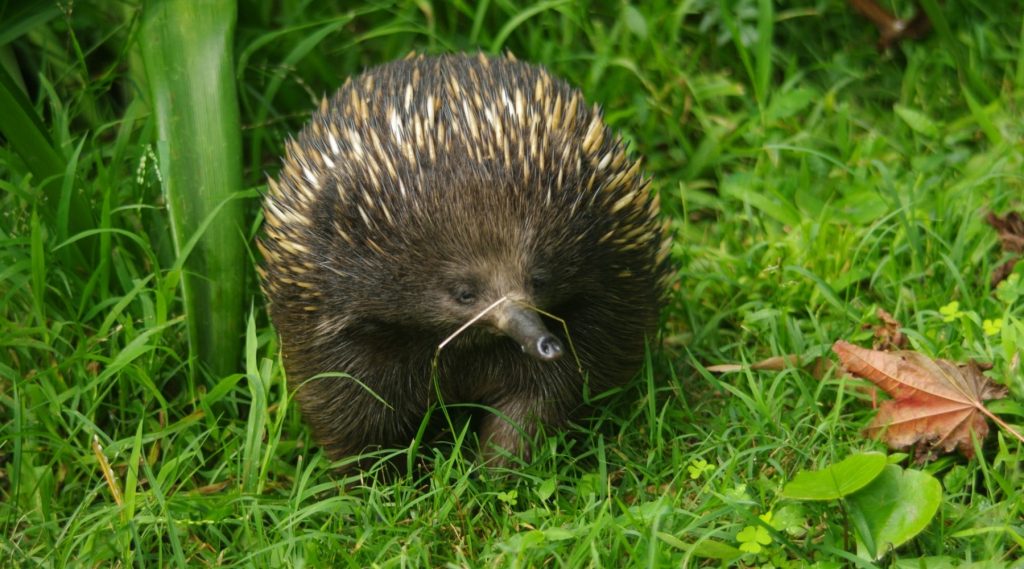
Frilled Neck Lizard
This collared lizard can be found in the North and the East of Australia. When it feels threatened, it unfolds its collar to frighten its attackers, like something out of Jurassic Park! However, they are completely harmless.
They are the reptile emblem of Australia and they used to appear on Australian currency.
Frilled neck lizards are quite large, reaching up to 90cm long or ore (their tail is about two-thirds of their length) and weighing up to 500g.
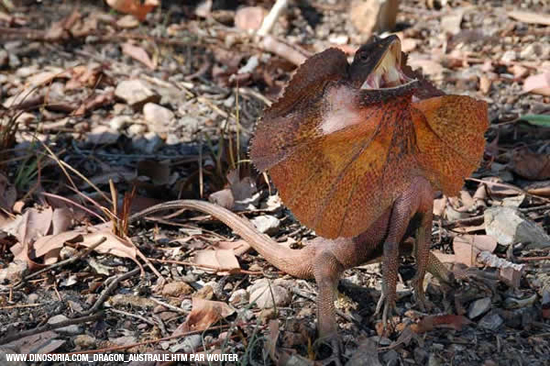
Platypus
With its duck beak and beaver tail, the platypus is a unique species. It is found on the east coast of the country and in Tasmania. The platypus locates food (small invertebrates) using the electro-receptors in its beak.
The platypus is a nocturnal animal, and very well adapted to the living conditions of the Australian continent. Its coat resembles that of a beaver, and its tail stores fat reserves, similar to the Tasmanian devil.
The size of the platypus varies between 40 and 50 centimetres on average. They will be larger or smaller depending on the regions where they live.
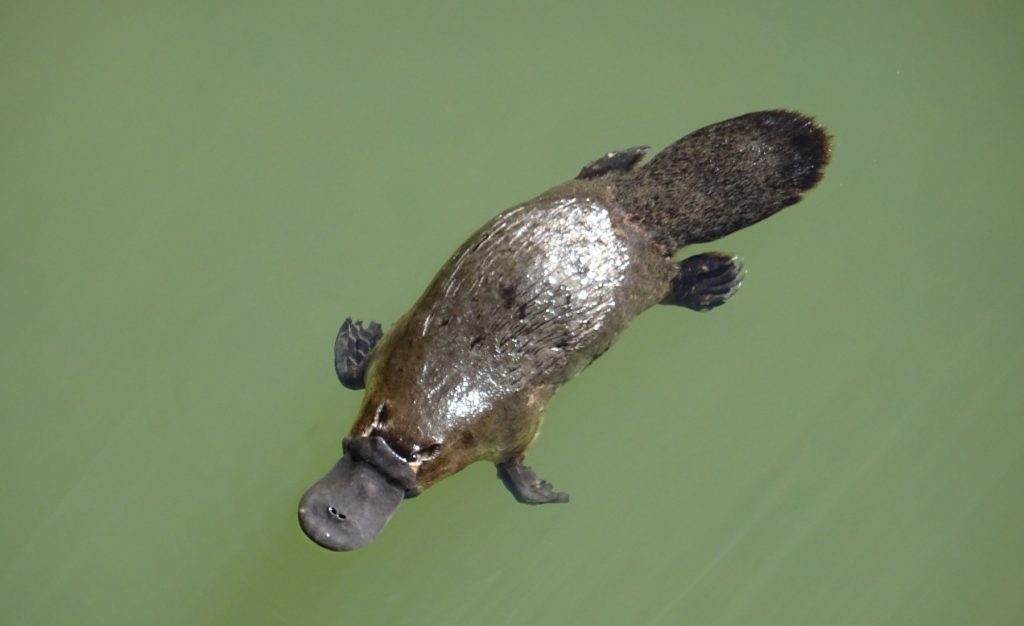
Wombat
The wombat is a small, shy marsupial found in eastern Australia and Tasmania. It looks like a small bear and can weigh up to 40kg and measure 1.30m!
Wombats have short, muscular legs and sharp claws, perfect for digging in the ground. Wombats dig their burrows in wet ground, often near streams. Like their relatives, koalas, they sleep a lot – around 16 hours a day. They are happy to share burrows, but they are territorial over the areas where they feed.
Wombats are nocturnal herbivores with fairly poor eyesight. They rely on smell to navigate and find food. They can travel 3km per night to eat grass, roots and shrubs. Like rabbits, their incisors grow continuously, so they must gnaw on tough materials like bark to wear down their teeth.
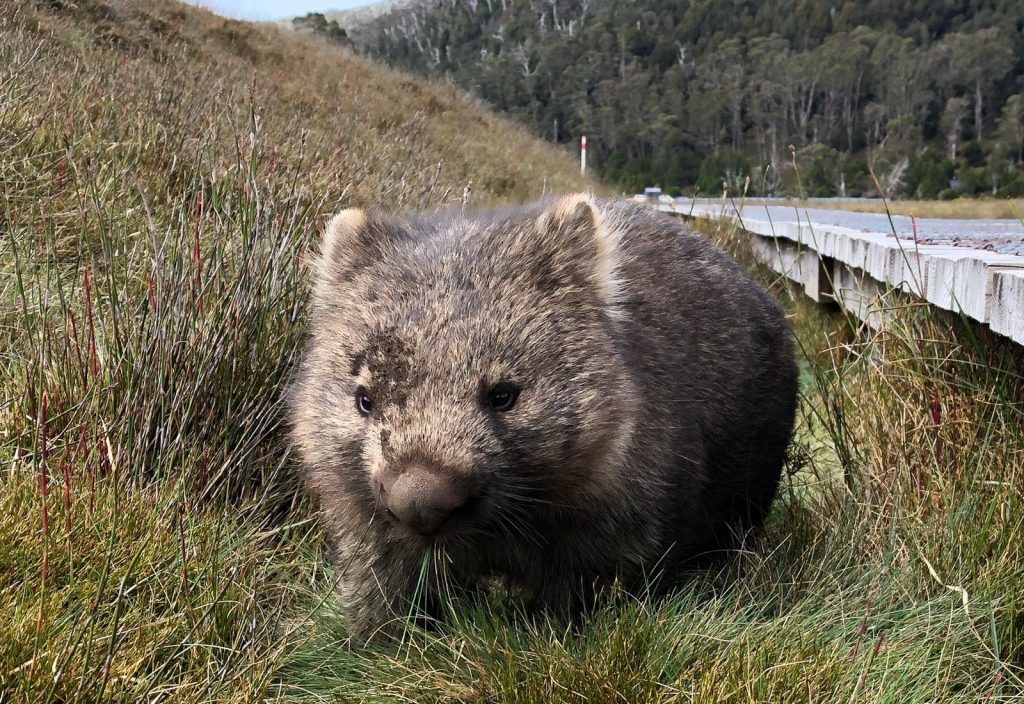
Dingo
A dingo is a type of wild dog introduced to Australia about 4,000 years ago. Dingoes belong to the Canidae (canine) family. They are classified as halfway between a dog and a wolf.
Dingoes can be found in most regions of Australia, apart from some areas like Tasmania, where they are totally absent. They are also very rare in the south-west of Western Australia. In the southern half of the country, the vast majority of dingoes are “hybrids” of dingoes and common dogs. You can observe the purest breed of dingoes on Fraser Island, on the east coast of the country (QLD).
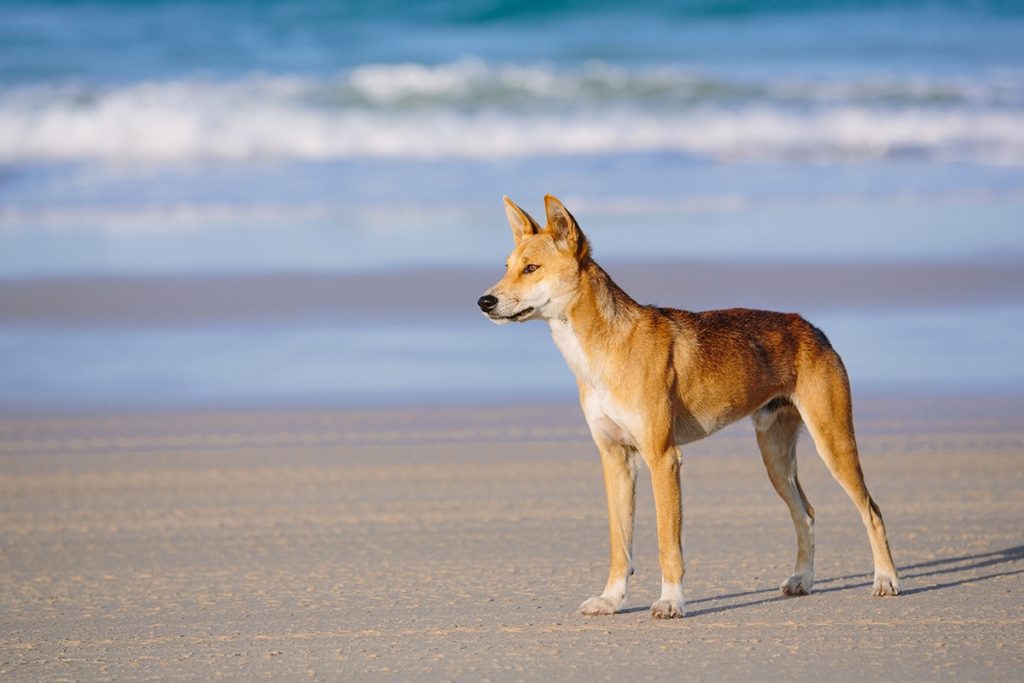
Blobfish
This sticky blob lives in the deep waters off the coasts of the Australian mainland and Tasmania. Its density is lower than that of water, which allows it to “float” and therefore conserve its energy by avoiding swimming. It is now an endangered species due to intensive fishing.
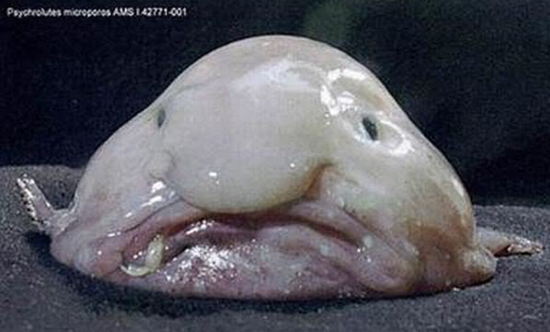
Quokka
Quokkas are an adorable marsupial that always look like they are smiling, but their cheeky grin is actually a way for them to cool down, as it helps them to pant!
These little guys are synonymous with Rottnest Island near Perth, and cannot be found anywhere else in the world apart from a small population on the mainland. They are super friendly to humans and are likely to approach you, but make sure you don’t feed them or pick them up or you could end up with a hefty fine!
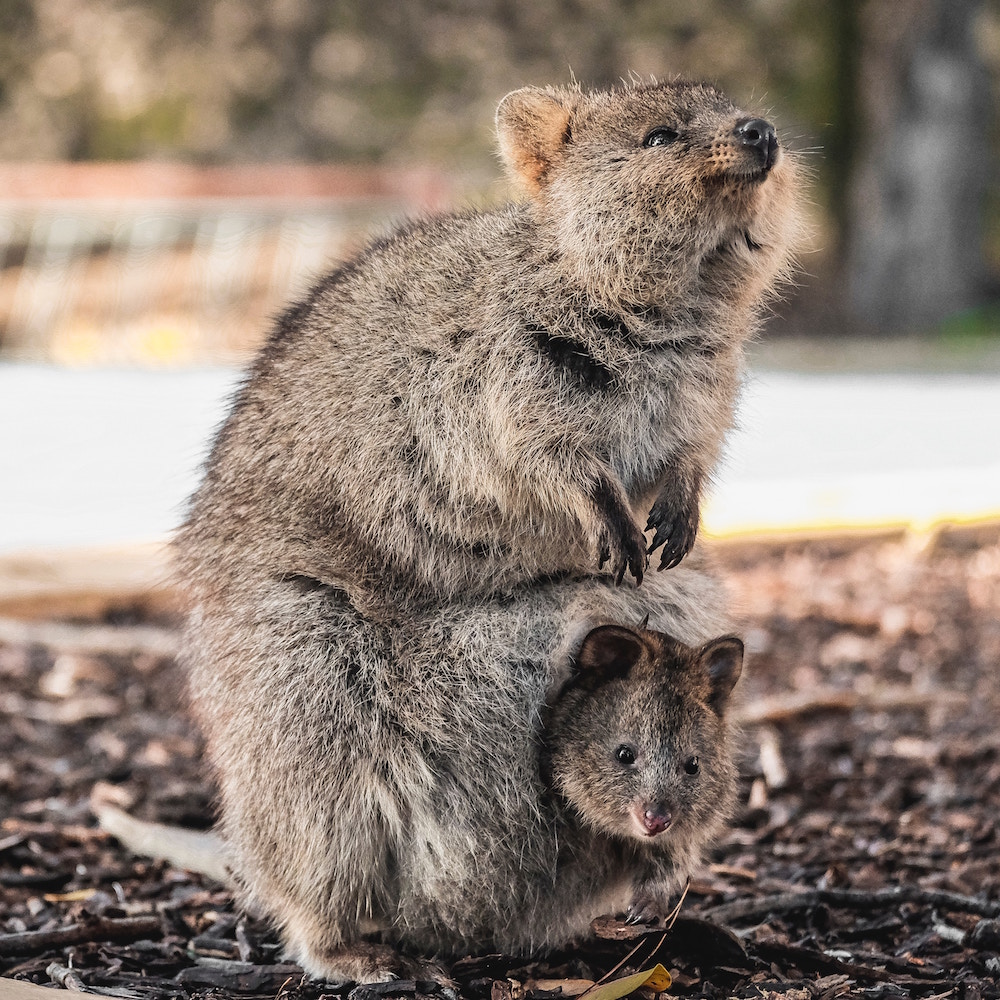
Emu
Emus are the second largest bird in the world, after ostriches, and can grow up to 2m tall. They are flightless, but can run at high speeds – up to 50km/hr. Emus use their wings to cool themselves down in the heat and to help them steer when they are running.
They can be found in every state in Australia apart from Tasmania, where they became extinct and were not reintroduced.
Weirdly, emus have two sets of eyelids, one for blinking and the other for keeping the dust out!
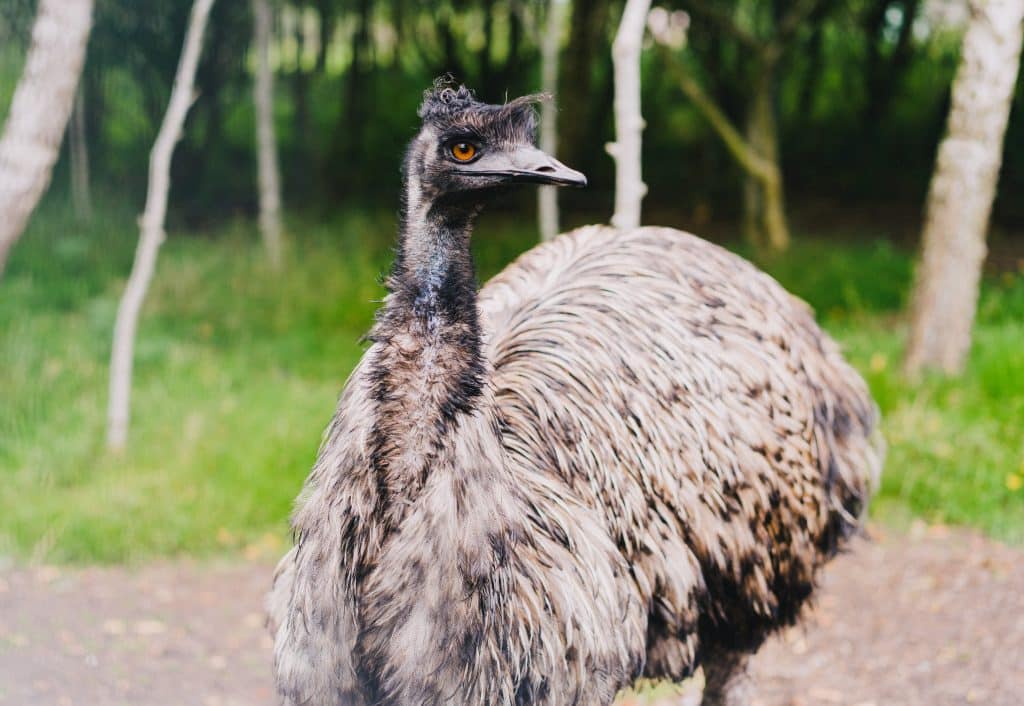
Tawny Frogmouth
The Tawny Frogmouth is a fascinating bird native to Australia, known for its unique appearance and incredible camouflage skills. It is often mistaken for an owl due to its nocturnal habits and similar features, but it actually belongs to the nightjar family. This bird is characterized by its large, frog-like mouth, which it uses to catch insects, and its mottled feathers that blend seamlessly into tree bark, making it nearly invisible when perched in trees during the day.
Tawny Frogmouths are found throughout Australia, including in forests, woodlands, and even urban areas with suitable tree cover. They are more commonly seen at night when they become active to hunt, but during the day, they can be spotted perched motionless on tree branches.
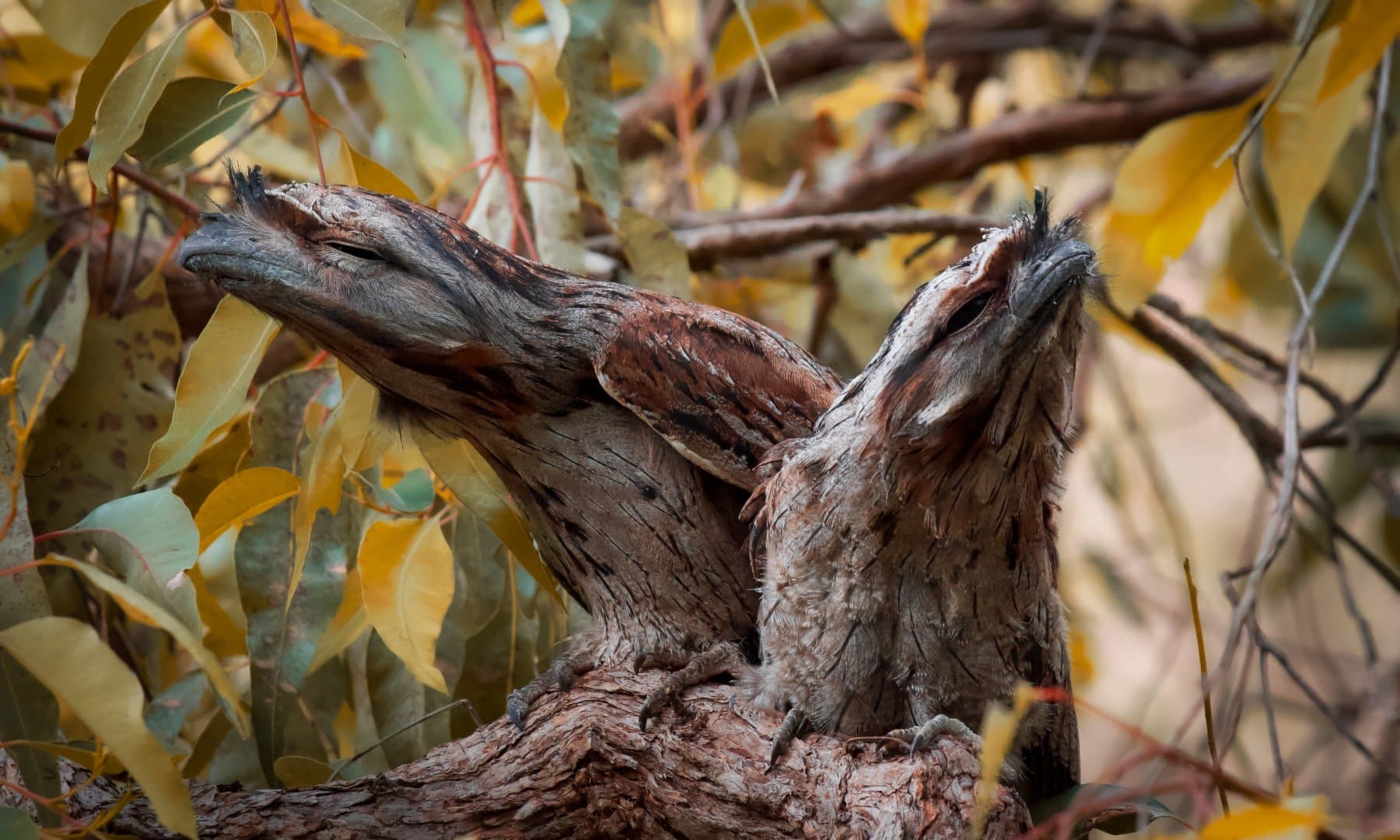
Lyrebird
The lyrebird, a remarkable species native to Australia, stands as a testament to the country’s unique and diverse wildlife. Renowned for its exceptional ability to mimic natural and artificial sounds from its environment, the lyrebird can reproduce the calls of other bird species, chainsaws, car alarms, and even camera shutters with astonishing accuracy.
There are two main species, the Superb Lyrebird and the Albert’s Lyrebird, primarily found in the rainforests of southeastern Australia. These ground-dwelling birds are most notable for the male Superb Lyrebird’s spectacular tail feathers, which resemble a lyre when fanned out during their elaborate courtship displays. Beyond their mimicry talents, lyrebirds play a crucial role in their ecosystem by engaging in “forest gardening.” Their constant foraging for food on the forest floor helps in the decomposition of leaf litter, contributing to the health and regeneration of the forest. The lyrebird, with its complex behaviors and ecological importance, embodies the intrigue and beauty of Australian wildlife, capturing the imagination of nature enthusiasts and researchers alike.





















